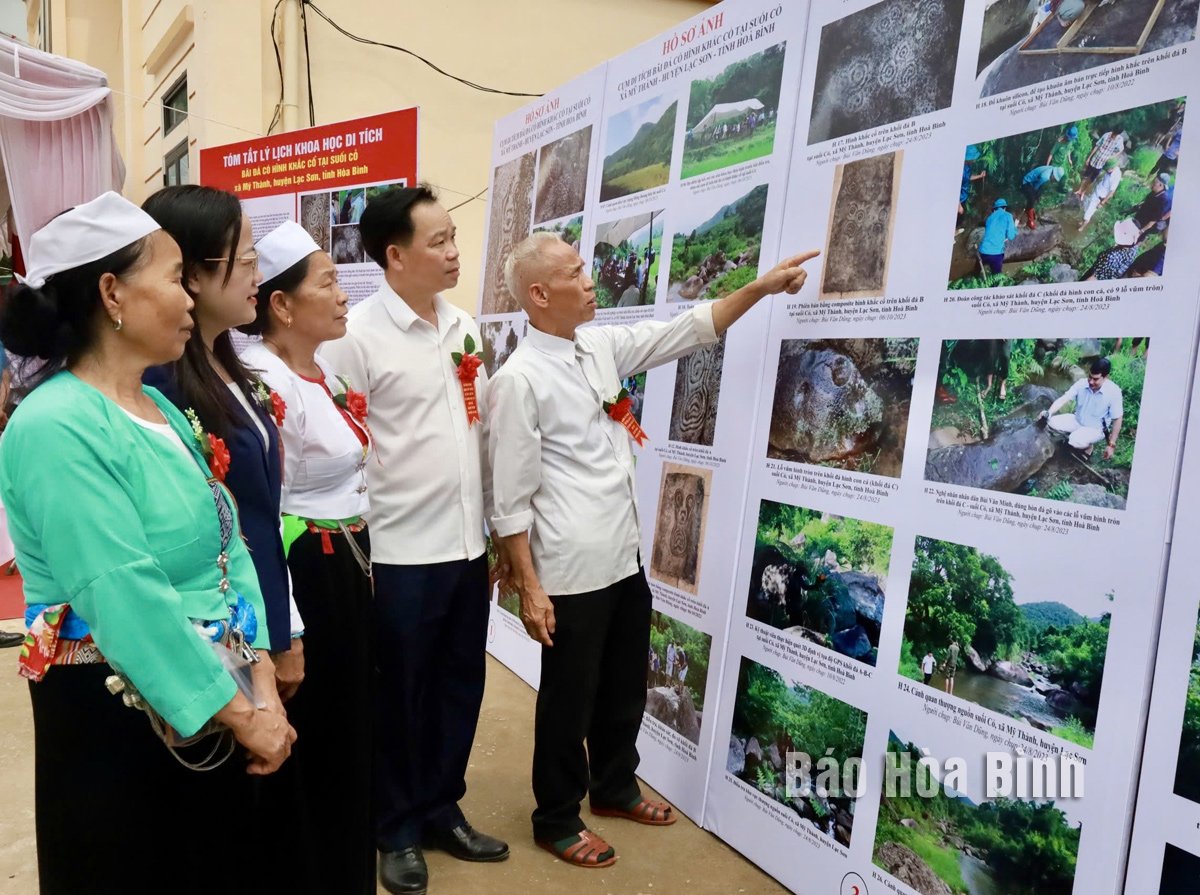
Images of the provincial-level archaeological site of the stone field with ancient carvings at Co stream on display at the People's Committee of My Thanh commune (Lac Son).
Introducing the unique value of the relic, comrade Bui Van Toi, Vice Chairman of the People's Committee of My Thanh commune, said: Muong Co is an ancient land with a long history of settlement. The central area of the relic used to be a dense forest, with dense trees, surrounded by hills. After our ancestors reclaimed and opened up the land, terraced fields were created along both sides of the stream and stilt houses on the hillsides. The ancient carvings were discovered through the farming labor of local people.
Suoi Co is about 6km long, originating from Voi mountain, flowing into Co valley in Chum hamlet and flowing through the hamlets of Ram, Co Giua, Vo Co, Bui Ruong, continuing to flow through Van Nghia commune to Canh Tang lake. During the investigation, survey and research process in the Suoi Co stone field area, 2 blocks of stone with ancient carvings were discovered about 25m apart. After an expanded survey, another large granite block was discovered partially submerged in the ground. According to initial assessments by scientists , the carvings on the stone slabs at Suoi Co date back to the Prehistoric period, about 2,000 years ago.
In which, on the large hexagonal stone block there is a large carving, the carvings are quite clear, the technique is made by sunken grooves, clearly showing the design like the image of a big-bellied person raising both arms to the sky. On top of the two arms are two concentric circles with a dot in the middle, this concentric circle motif is very familiar on Dong Son culture bronzes. The second stone block is located about 20 - 25m upstream from the first stone block, close to the left bank of the stream. The carvings are distributed on the fairly flat surface of the top of the stone block, including 4 clusters of quite similar shapes forming 4 independent carvings. The common feature of each cluster of carvings is 2 concentric circles. The third stone block is quite similar to the shape of a fish with 9 holes (people also call it the "doong" stone). The most notable unique feature is that on the exposed rock part, there are 9 concave bowl-shaped holes, naturally shaped like a fish with the head and eyes being the side with the deepest and clearest holes.
According to scientists' research, the rituals take place at a small temple about 100m from the ancient carved stones. Cultural and religious activities at the site are mainly expressed through annual rituals such as: the ceremony takes place at the temple, the "dong duong" ritual is performed at a fish-shaped stone block with 9 holes, the festival is held in the Dong Doong field.
As an annual tradition, on the 9th of January (the 8th day of the first lunar month according to the Muong Vang calendar), people prepare offerings and go to the ritual site to pray for health, good harvests, and prosperity. Through rituals and ceremonies, the people of Muong Co want to express the community's tradition of "When drinking water, remember its source", honoring sacred images, identified as gods, saints, and people who have contributed greatly to the people and the country.
Dr. Nguyen Viet, Director of the Southeast Asian Prehistory Center, affirmed: From an archaeological perspective, the symbolic carvings at the Suoi Co ancient stone field are among the very few works of art with the artistic and stone carving techniques of the Prehistoric - Early Historic period, and are an objective and honest source of historical and ethnographic materials, showing that this is truly a new development in the thinking and awareness of ancient residents living around the core mountain range of Hoa Binh province, where many original relics of the "Hoa Binh Culture" are distributed. They knew how to use the natural space of the rock faces to form an artificial space, reflecting their awareness of the environment in which they lived.
Ms. Bui Thi Dien, Head of the Women's Association of Ram Hamlet, My Thanh Commune, shared: I, like many people in Muong Co, am aware of our responsibility in participating in preserving the original state of the ancient carved stone monument, while at the same time preserving it and not affecting the surrounding landscape and environment.
According to Ms. Nguyen Thi Linh Ngoc, Deputy Director of the Department of Culture, Sports and Tourism, the provincial-level archaeological site of the stone field with ancient carvings at Suoi Co, My Thanh commune, has great value for the research of prehistory and history of the locality, the country, and even international significance. In the coming time, the locality needs to pay more attention to conservation, continue to expand investigations and surveys to discover more similar carvings in the commune and neighboring areas to avoid missing valuable heritages; pay attention to investing in embellishing and renovating the landscape of the relic and researching the restoration of traditional religious activities, associated with introducing and promoting the image of the locality. Each resident as well as tourists actively protect and promote the value of the relic.
Bui Minh
Source: https://baohoabinh.com.vn/16/200968/Di-tich-khao-co-hoc-cap-tinh-bai-da-co-hinh-khac-co-tai-suoi-Co,-xa-My-Thanh.htm


![[Photo] Ready for the top competitions of Vietnamese table tennis](https://vphoto.vietnam.vn/thumb/1200x675/vietnam/resource/IMAGE/2025/5/18/9c547c497c5a4ade8f98c8e7d44f5a41)
![[Photo] Many young people patiently lined up under the hot sun to receive a special supplement from Nhan Dan Newspaper.](https://vphoto.vietnam.vn/thumb/1200x675/vietnam/resource/IMAGE/2025/5/18/6f19d322f9364f0ebb6fbfe9377842d3)
![[Photo] Party and State leaders attend the special art program "You are Ho Chi Minh"](https://vphoto.vietnam.vn/thumb/1200x675/vietnam/resource/IMAGE/2025/5/18/6895913f94fd4c51aa4564ab14c3f250)

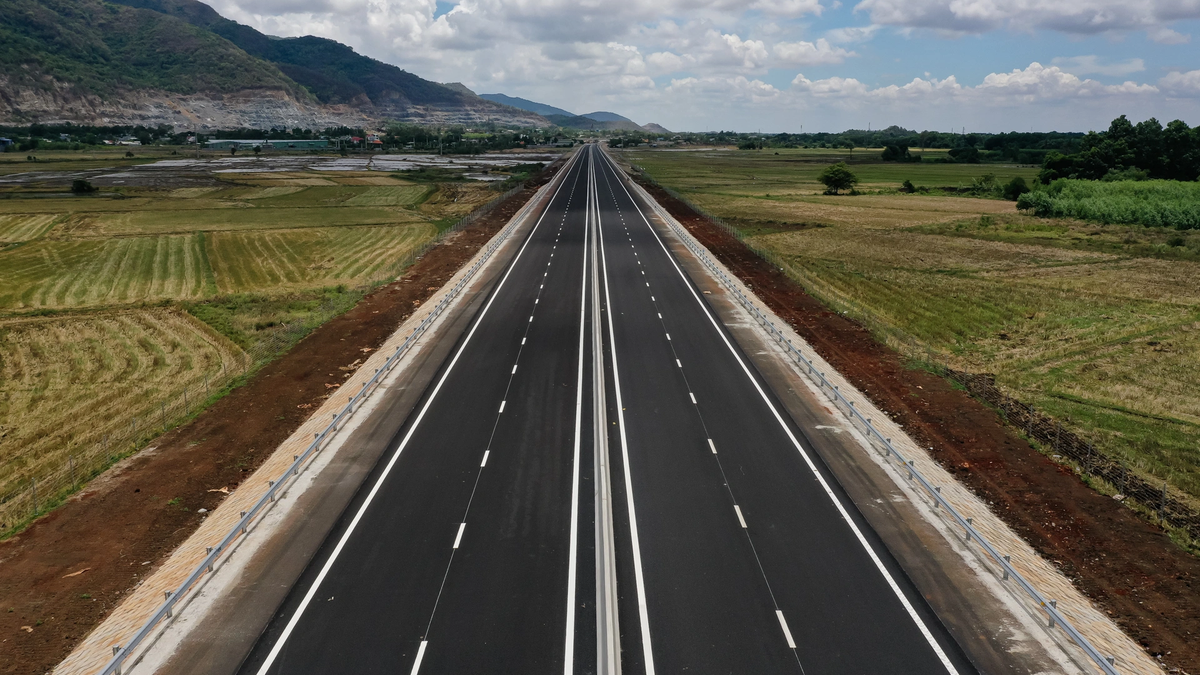

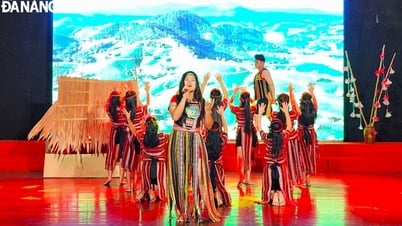

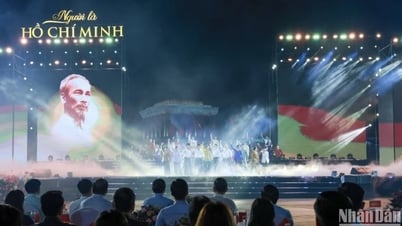



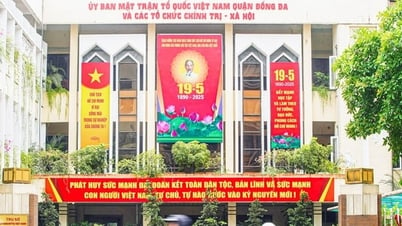
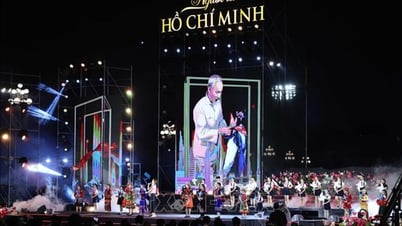

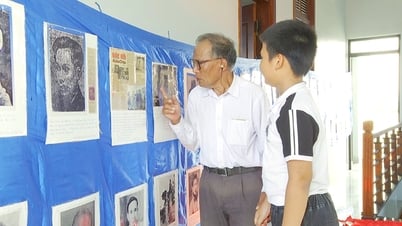





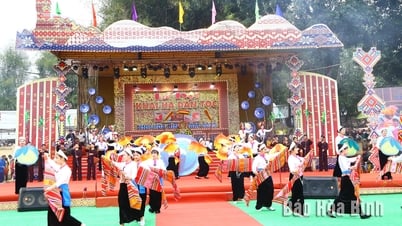

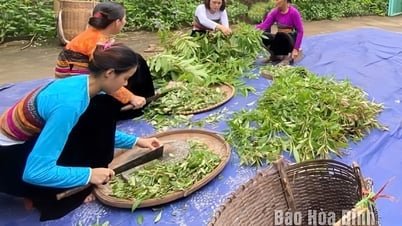

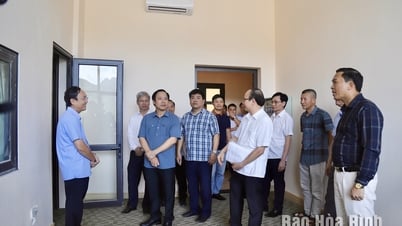

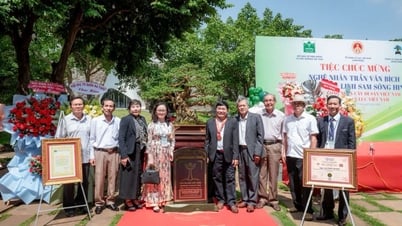











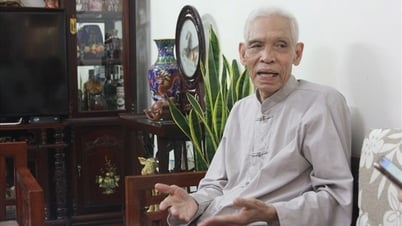



































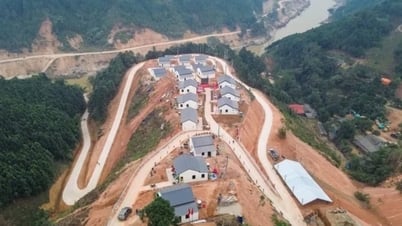
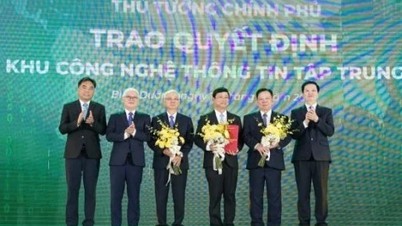



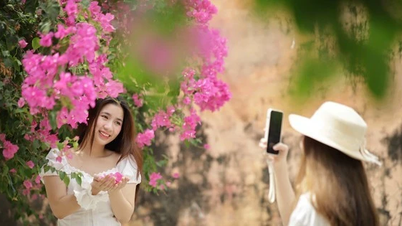


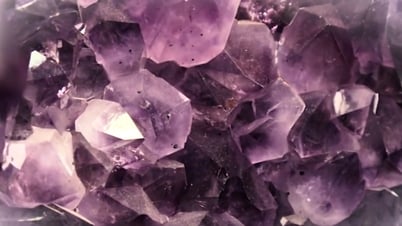







Comment (0)